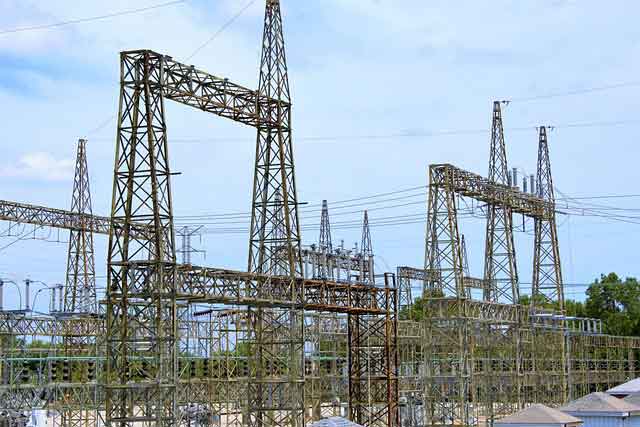Tax break for health care loses out to wind power
By Associated Press
Arc Flash Training CSA Z462 - Electrical Safety Essentials
Our customized live online or in‑person group training can be delivered to your staff at your location.

- Live Online
- 6 hours Instructor-led
- Group Training Available
Sen. Galen Hadley of Kearney took the unusual step of asking for his bill (LB420), which lawmakers approved only recently, to be delayed until next year. Hadley says he agreed to pull his bill so there'd be money available for a sales-tax exemption in a wind-power bill (LB561) that lawmakers approved shortly after agreeing to delay Hadley's bill.
Some lawmakers expressed reservations about delaying the health-care tax breaks because they doubted the roughly $2 million annual cost estimate for Hadley's bill and the $1.3 million cost estimate for the wind-power tax breaks.
"I'm troubled by the fiscal note," said Sen. Brenda Council of Omaha. Council said the state is not routinely collecting taxes on nonprofit clinics now, so she's not sure how ending that tax will hurt the budget.
Council said she believes the state should put health care ahead of wind power anyway, but enough of her colleagues supported the wind-power measure to pass that bill. The wind measure will now go to the governor for his consideration.
The wind-power bill would create a sales-tax exemption for new community-based projects begun before the end of 2011. All equipment and property used in those wind-power projects would not be subject to sales tax. Supporters hope the bill will help spur wind-power development in the state, which is one of the windiest in the nation but has relatively few wind turbines.
The wind-power bill would also give the state's public-power districts more leeway when negotiating with companies. That added authority is designed to eliminate an obstacle to developing wind energy in the state.
"This bill sends a strong message that Nebraska is moving forward when it comes to the development of wind-energy projects," said Sen. Steve Lathrop of Omaha, who sponsored the wind-power bill.
Wind-energy supporters say companies have been reluctant to come to Nebraska now because public-power districts could use their eminent-domain authority to take over land where wind turbines are situated.
Nebraska is the only state in the country where all the electric power is provided by public utilities.
Supporters of the bill say they believe it will lead to the development of at least two wind farms that wouldn't otherwise be built in Nebraska.
The state's public-power districts have also been slow to invest in wind power because it is more expensive than generating electricity with coal, and the public utilities' primary goal under state law is to deliver the cheapest power possible.
The American Wind Energy Association says Nebraska has the sixth-highest potential for wind energy of any state in the nation.











